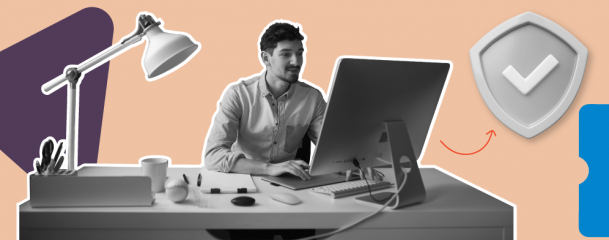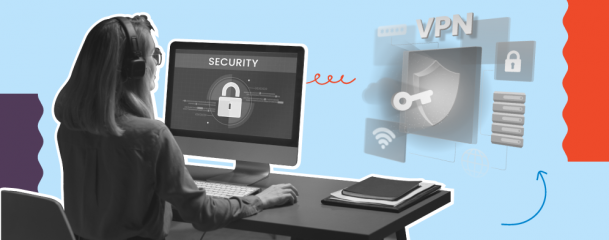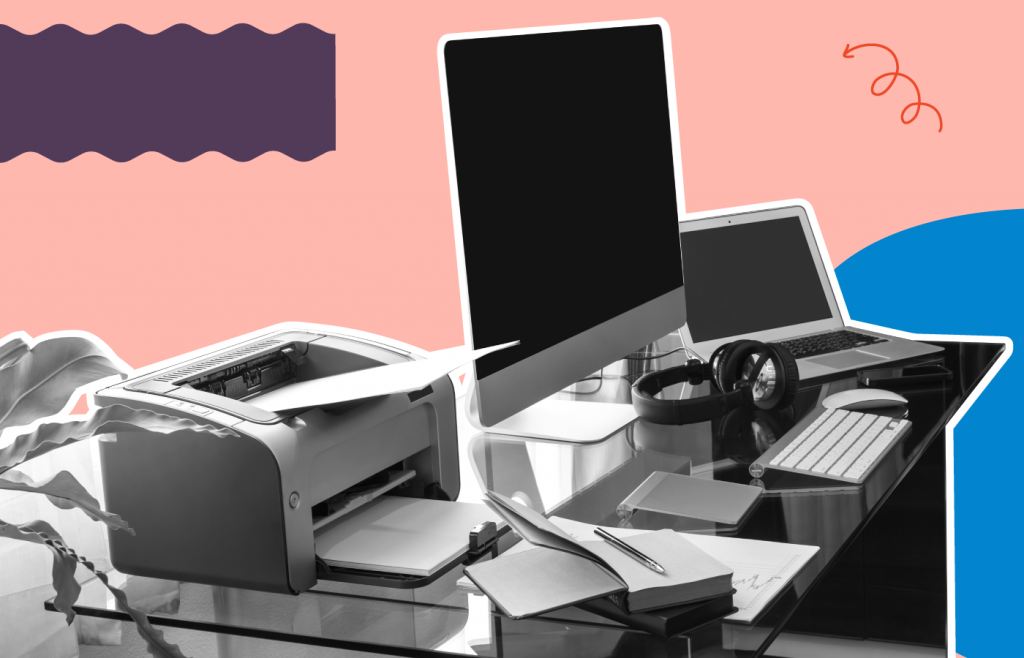1. Assess the Safety of the Equipment

Before handing out company-owned equipment to your employees, you need to assess if these are meeting local safety standards. Countries have now implemented local health and safety standards when it comes to work equipment. It’s important that both offices and employees to abide by these regulations. To illustrate, the UK’s Health and Safety Executive emphasized that employers should consider the work activities that their employees have to accomplish. Then, implement the corresponding control measures that can help protect your employees as they accomplish these tasks.
The Health and Safety Executive highlights that employees must even manage the risks associated with display screen equipment. As such, employers need to provide special equipment like keyboards, mice, and even ergonomic tools. This creates a safe and comfortable work environment for employees.
2. Regularly Upgrade the Hardware Models
Besides checking if the equipment is meeting safety standards, it’s also important to assess if the company-owned technologies are up-to-date. You may think that it’s too expensive to purchase brand-new computers or new hardware for your remote employees, but these investments may return great rewards for your company. The newest hardware models features high-speed PCB design and components that can boost your employees’ productivity. This ensures that electricity can run smoothly so that the device can easily transition from one activity to another.
Additionally, upgraded and new equipment generally contains better security features. This serves as extra protection against hackers who can infiltrate your data through outdated hardware.
3. Invest in Professional IT Services
You can also properly manage your company-owned hardware by investing in professional IT services. IT professionals are crucial in hardware management, from setting up the devices to fixing technological issues. For instance, they can ensure that your company hardware is installed and assembled properly. This lowers any health and safety risks on your employees’ part. It also ensures that inexperienced employees won’t cause any damages to your property.
Moreover, these IT professionals can assist in installing crucial work tools, such as remote team communication platforms. They can assess which programs your workforce would need and step in whenever your employees come across technical issues.
4. Set Up the Right Security Protocols

Most importantly, you can manage your company’s devices by implementing security measures. Remote workers are very vulnerable to cyberattacks, which is why you have to ensure that your employees and your properties won’t be at risk. One security measure that you can uphold is to connect all company-owned devices to a VPN security appliance. Hardware VPNs are installed on main offices or corporate headquarters as a secure tunnel between the remote work computers and the office servers. This encrypts all the data coming to and from the workers’ computers.
On top of this, you can also leverage their expertise to teach cybersecurity dos and don’ts to your employees. This ensures the safety of both the company data and the company-owned hardware.
Company-owned hardware tools are essential to improving your employees' productivity. To properly manage these devices, you need to assess their safety, conduct regular upgrades, hire IT professionals, and set up security protocols.
5. FAQs
5.1. Which is the largest hardware company?
The largest hardware company is Apple Inc., known for its iPhones, iPads, Mac computers, and other consumer electronics.
5.2. What are examples of hardware in a business?
Examples of hardware in a business context include computers, servers, networking equipment (routers, switches), printers, scanners, smartphones, and other tangible devices used to support business operations and activities.
 Interested in Virtual Team Building Events?
Interested in Virtual Team Building Events?





















